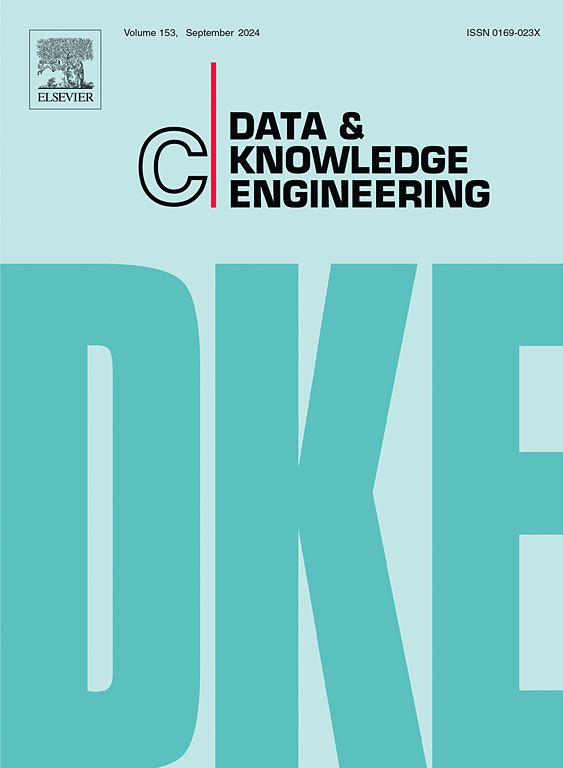Overcoming the hurdle of legal expertise: A reusable model for smartwatch privacy policies
IF 2.7
3区 计算机科学
Q3 COMPUTER SCIENCE, ARTIFICIAL INTELLIGENCE
引用次数: 0
Abstract
Regulations for privacy protection aim to protect individuals from the unauthorized storage, processing, and transfer of their personal data but oftentimes fail in providing helpful support for understanding these regulations. To better communicate privacy policies for smartwatches, we need an in-depth understanding of their concepts and provide better ways to enable developers to integrate them when engineering systems. Up to now, no conceptual model exists covering privacy statements from different smartwatch manufacturers that is reusable for developers. This paper introduces such a conceptual model for privacy policies of smartwatches and shows its use in a model-driven software engineering approach to create a platform for data visualization of wearable privacy policies from different smartwatch manufacturers. We have analyzed the privacy policies of various manufacturers and extracted the relevant concepts. Moreover, we have checked the model with lawyers for its correctness, instantiated it with concrete data, and used it in a model-driven software engineering approach to create a platform for data visualization. This reusable privacy policy model can enable developers to easily represent privacy policies in their systems. This provides a foundation for more structured and understandable privacy policies which, in the long run, can increase the data sovereignty of application users.
克服法律专业知识的障碍:智能手表隐私政策的可重用模型
隐私保护法规旨在保护个人免受未经授权的存储、处理和传输其个人数据,但通常无法为理解这些法规提供有用的支持。为了更好地传达智能手表的隐私政策,我们需要深入了解它们的概念,并提供更好的方法,使开发人员能够在设计系统时集成它们。到目前为止,还没有一个概念模型涵盖不同智能手表制造商的隐私声明,可供开发人员重用。本文介绍了智能手表隐私政策的概念模型,并展示了其在模型驱动的软件工程方法中的应用,以创建不同智能手表制造商可穿戴隐私政策的数据可视化平台。我们分析了各厂商的隐私政策,提取了相关概念。此外,我们已经与律师一起检查了模型的正确性,用具体的数据实例化了它,并在模型驱动的软件工程方法中使用它来创建数据可视化的平台。这个可重用的隐私策略模型可以使开发人员轻松地在他们的系统中表示隐私策略。这为更加结构化和可理解的隐私策略提供了基础,从长远来看,这些策略可以增加应用程序用户的数据主权。
本文章由计算机程序翻译,如有差异,请以英文原文为准。
求助全文
约1分钟内获得全文
求助全文
来源期刊

Data & Knowledge Engineering
工程技术-计算机:人工智能
CiteScore
5.00
自引率
0.00%
发文量
66
审稿时长
6 months
期刊介绍:
Data & Knowledge Engineering (DKE) stimulates the exchange of ideas and interaction between these two related fields of interest. DKE reaches a world-wide audience of researchers, designers, managers and users. The major aim of the journal is to identify, investigate and analyze the underlying principles in the design and effective use of these systems.
 求助内容:
求助内容: 应助结果提醒方式:
应助结果提醒方式:


